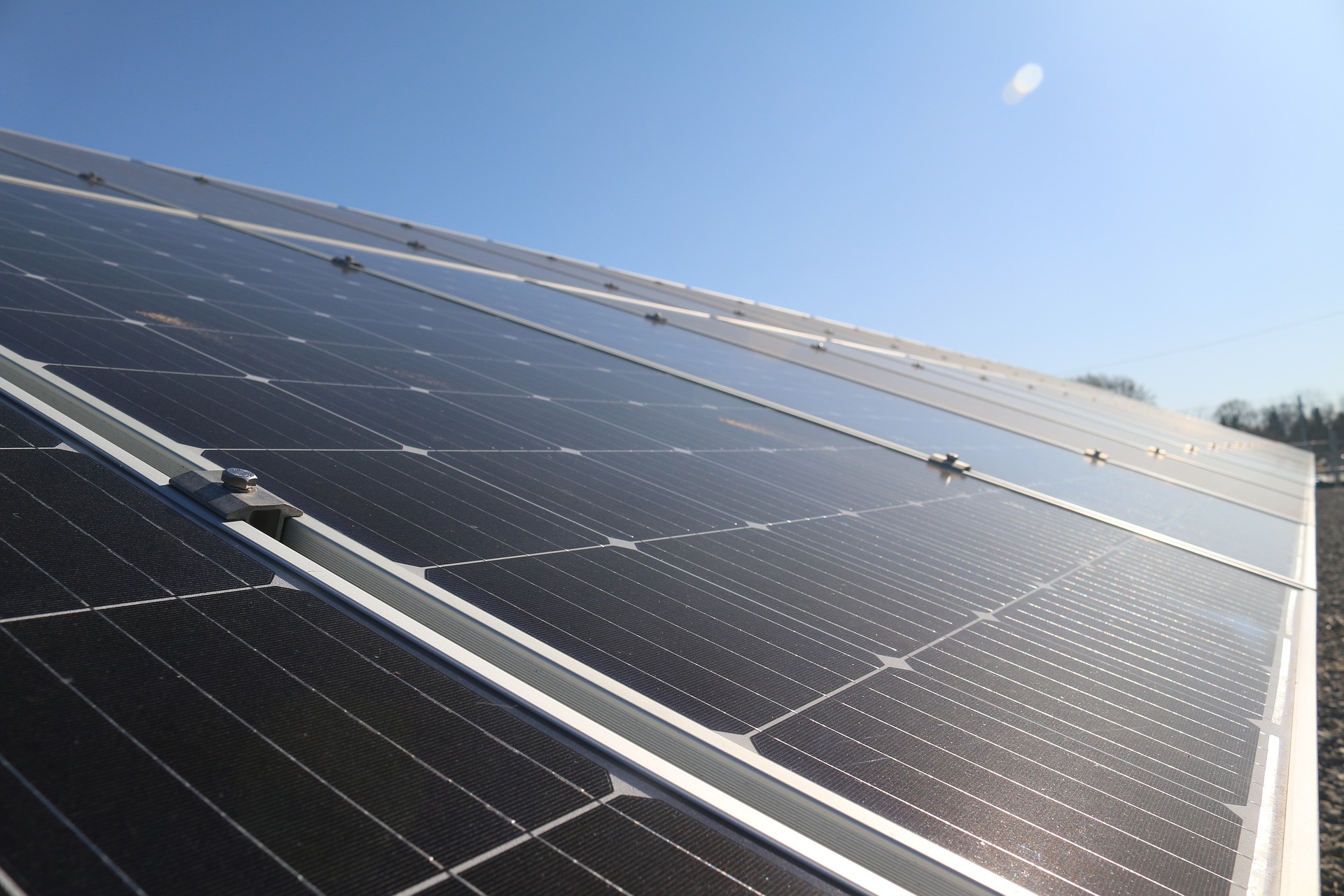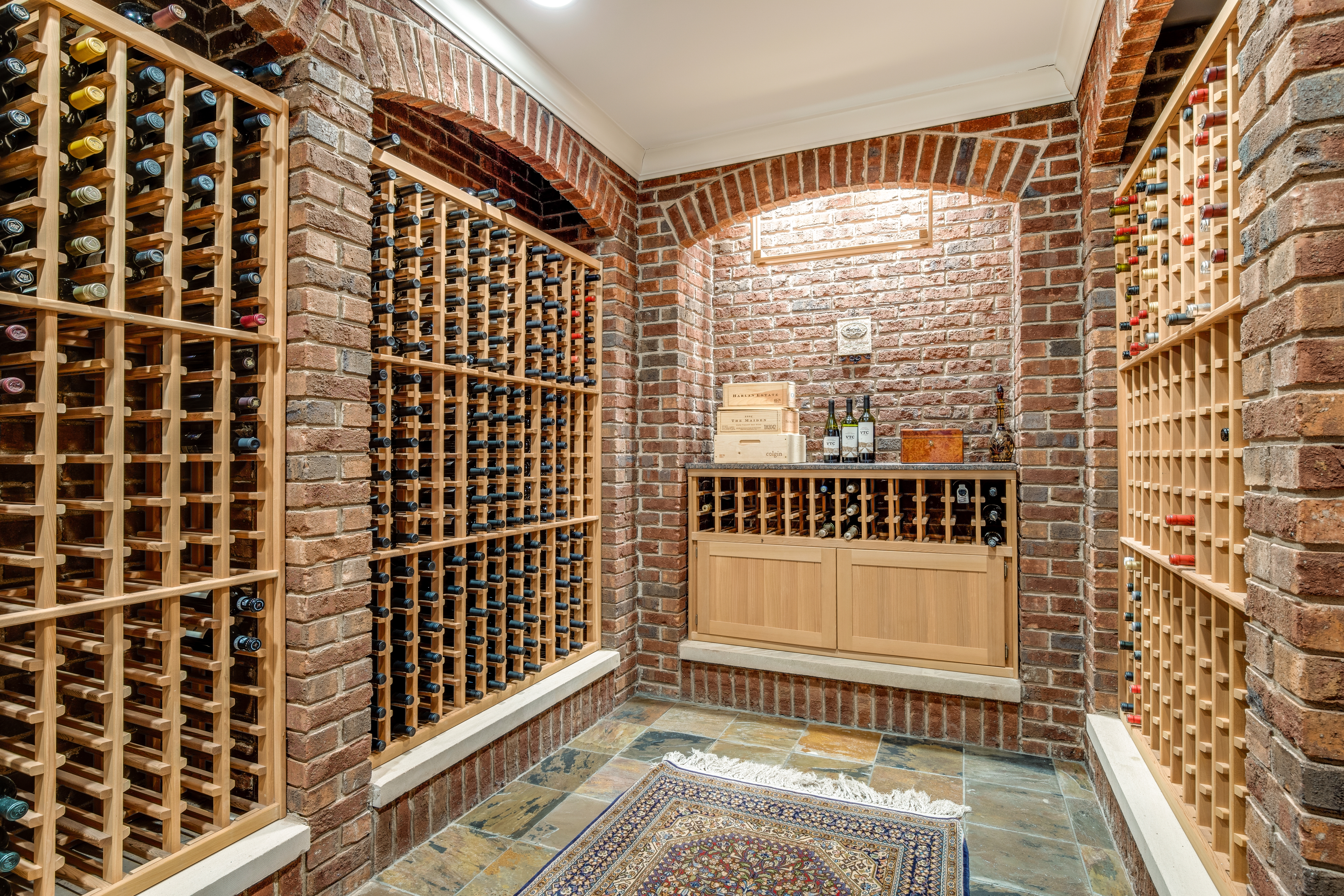Solar-Powered Air Conditioning: Harnessing the Sun for Cool Comfort
A solar air conditioner uses the power of the sun to cool your space, offering an energy-efficient and eco-friendly alternative to traditional systems. Ideal for sunny climates, it helps reduce electricity bills while keeping your home comfortably cool.
How Do Solar-Powered AC Units for Homes Work?
Solar-powered air conditioning systems operate through a relatively straightforward process that converts sunlight into cooling power. Most residential solar AC systems work through one of two primary approaches. The first utilizes photovoltaic (PV) panels that generate electricity to power conventional electric air conditioners. These grid-tied systems can either power the AC unit directly during sunny hours or feed excess electricity back to the grid for credits.
The second approach involves solar thermal cooling, which uses solar collectors to gather heat that drives an absorption cooling system. This technology employs heat to create a refrigeration cycle without conventional electric compressors. While less common in residential applications, these systems are particularly effective in areas with intense sunlight and high cooling demands.
Most homeowners opt for PV-powered systems due to their versatility, as the generated electricity can power other household appliances when cooling isn’t needed. These systems typically include solar panels, inverters to convert DC power to AC, and sometimes battery storage to provide cooling even when the sun isn’t shining.
Solar Powered Air Conditioning Systems: Types and Configurations
Solar air conditioning systems come in several configurations to accommodate different needs and climates. The most prevalent option for residential use is the solar PV-powered split system, which functions similarly to conventional split ACs but draws power from rooftop solar panels. These systems include outdoor compressor units and indoor air handlers, providing efficient cooling while running on solar electricity.
Hybrid solar air conditioners represent another innovative approach. These systems combine solar power with conventional grid electricity, automatically switching between power sources based on availability. During peak sunshine hours, they primarily run on solar power, then transition to grid power during cloudy periods or at night. Many hybrid systems incorporate smart controllers that optimize energy usage based on electricity costs and solar availability.
For regions with lower humidity, solar-powered evaporative coolers offer an energy-efficient alternative. These units use up to 75% less electricity than conventional air conditioners and can be effectively powered by smaller solar systems, making them particularly suitable for dry, sunny climates like the southwestern parts of Canada.
Solar Air Conditioner Options for Different Property Types
The market offers various solar air conditioning solutions suitable for different property sizes and cooling requirements. For small homes and apartments, portable solar air conditioners provide flexibility and ease of installation. These units typically require fewer solar panels and can be moved between rooms as needed, though they offer limited cooling capacity compared to whole-home systems.
Medium-sized homes benefit from mini-split solar air conditioners, which allow for zoned cooling without extensive ductwork. By cooling only occupied spaces, these systems maximize energy efficiency while minimizing the required solar panel capacity. A typical 1,500-square-foot home might require a 3-ton system paired with a 5kW solar array to offset most cooling costs.
Larger properties often require central solar air conditioning systems. These whole-home solutions integrate with existing ductwork and typically require larger solar installations of 8kW or more to substantially offset cooling costs. For maximum efficiency, many homeowners combine these systems with improved insulation and smart thermostats that reduce overall cooling requirements.
Benefits of Solar Air Conditioner Technology
Solar air conditioning offers numerous advantages beyond the obvious environmental benefits. The most compelling financial benefit comes from significant long-term energy savings. While installation costs are higher than conventional systems, solar AC can reduce cooling-related electricity bills by 70-90%, with many systems achieving complete payback within 5-7 years, particularly in areas with generous solar incentives.
Environmental benefits are equally substantial. By reducing reliance on grid electricity, solar AC systems can decrease household carbon emissions by several tons annually. This reduction becomes increasingly significant as climate change intensifies summer heat waves, creating higher cooling demands.
Solar air conditioning also offers enhanced energy independence. During power outages—which often coincide with extreme heat events—solar systems with battery backup can continue providing cooling. This resilience factor has become increasingly valuable as grid reliability concerns grow in many regions across Canada.
Cost and Return on Investment for Solar Air Conditioning
Installing solar-powered air conditioning represents a significant upfront investment that delivers substantial long-term returns. The total cost varies widely based on system type, property size, and existing infrastructure.
| System Type | Typical Installation Cost | Annual Savings | Estimated Payback Period |
|---|---|---|---|
| PV-Powered Split AC (3-ton) | $16,000 - $25,000 | $900 - $1,400 | 6-8 years |
| Solar Thermal Cooling | $18,000 - $30,000 | $1,000 - $1,600 | 7-10 years |
| Hybrid Solar AC | $14,000 - $22,000 | $700 - $1,200 | 5-8 years |
| Solar-Powered Mini-Split | $12,000 - $20,000 | $600 - $1,100 | 6-9 years |
Prices, rates, or cost estimates mentioned in this article are based on the latest available information but may change over time. Independent research is advised before making financial decisions.
These costs are typically offset by federal, provincial, and local incentives that can reduce initial expenses by 25-40%. Additionally, solar systems increase property values by approximately 4%, according to various real estate analyses. When calculating return on investment, homeowners should consider the system’s 25+ year lifespan, during which energy savings continue to accumulate well beyond the payback period.
Solar air conditioning represents a significant technological advancement in sustainable home cooling. By harnessing abundant solar energy during the times when cooling demands are highest, these systems provide an elegant solution to reducing both energy costs and environmental impact. While the initial investment remains substantial, improving technology, increasing energy costs, and generous incentives are steadily making solar-powered cooling more accessible to Canadian homeowners seeking long-term comfort and sustainability.





